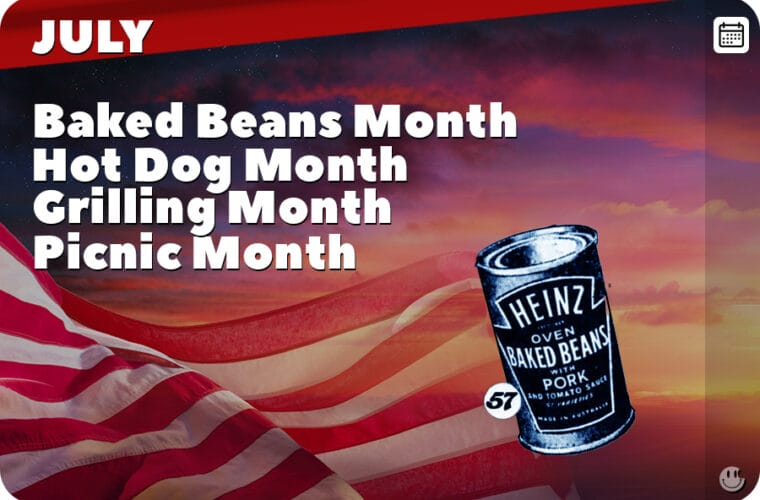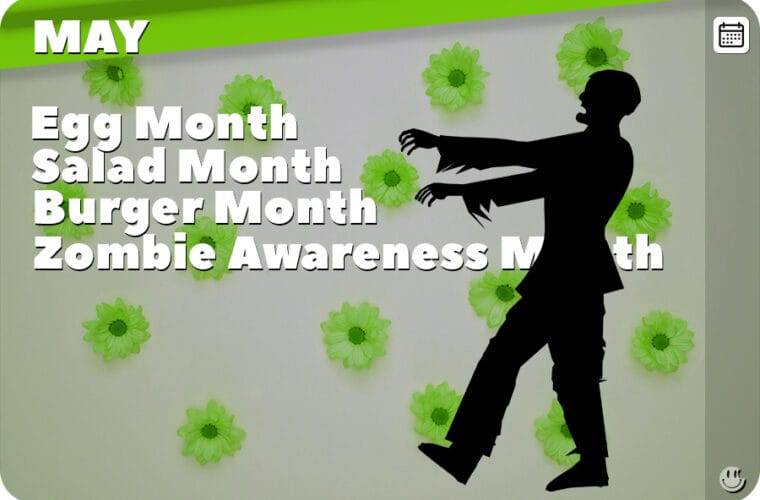
So much of our diesel submarine history will soon be edited down to data, numbers, and brief descriptions on Wikipedia. But the old converted World War Two fleet submarines were much more than that. Obsolete by todays standards, they were the first line of defense in the beginning of the cold war. Almost all were converted to GUPPY ONE (Greater Underwater Propulsion Power Program) class and several were converted to GUPPY TWO and GUPPY THREE class. The main external differences were in the sail and bow configurations. Guppy submarines served as the test vehicles for a wide array of sonar equipment development and stealth technology. Almost all of the old fleet boats had a colorful war time history.
Life on the old boats was spartan. We had two showers, one for the officers and one for the crew. However, the showers were normally filled with provisions like eggs and fresh vegetables when going out to sea. and we carried a limited amount of fresh water for showers or laundry. Yes, even the one washing machine was used to store provisions. Limited water for showers was one of the reasons deodorants like Right Guard were almost a necessity. You went to sea with a case of it. If you were a landlubber, civilian, or surface sailor, you could recognize a submariner by his scruffy beard, lack of a haircut and the odor of diesel fuel that never seem to go away. Our capacity to make fresh water at sea was limited by the two 500 gallon per day distilling units when they were working. In port stateside, single men slept in the barracks.
My captains both on the USS Piper and the USS Croaker usually stocked one of the after torpedo tubes with cases of beer that we were allowed to drink when our operational commitments were done. There was also a barbecue grill for swim calls in the Caribbean. Operating in the North Atlantic, we would be given brandy for standing lookout watches topside.
Back then, the submarine captain and the Chief of the Boat were the sole authorities for disciplinary action other than murder. You went to captain’s mast for minor infractions and if you were an integral part of the crew’s cohesion, you usually got of with a few days restrictions. Other problems were handled by the COB who would take you back to the after torpedo room for a little private reboot and counseling. The COB was also your big brother, who would guide you through the hard times and life crisis that plagued all young sailors.
The old fleet submarines were not true submarines in that the had limited submerged endurance. They were limited by oxygen and batteries. So, most of the time were rode on the surface or snorkeled. This limitation made us vulnerable to storms and rough seas.
One of the benefits of not being a nuclear powered sub was that we could open the ship up to general visitation when in port, even in foreign countries. One visit I’ll always remember was when the Piper hosted Princess Grace of Monaco who in turn reciprocated by inviting several of our crew to Christmas dinner at the palace.
I have many fond memories of being a diesel engine throttleman. From start up to shutting them down on an emergency dive or starting them up for snorkeling. The entire procedure was like a ballet, everything, every step in the procedure had to be done just right. Snorkeling start up was risky. If you missed one step, you could flood the engines with sea water and spend the next six or seven days in repairs.
Sleep for us enginemen was always a luxury. I once spent six days straight without sleep conducting an emergency repair on a main engine because I was the only one small enough to fit in the small space outboard the engine. When the job was complete, I couldn’t fall asleep without being medicated by our corpsman.
Submarine History
Way before nuclear submarines, the old World War Two diesel submarines had been converted to Guppy (Greater Underwater Propulsion Power Program) class boats and operated with our NATO forces in several overseas exercises. They didn’t make patrols back then, but deployed on several cruises, one being what we called “Springboard”, a two month excursion to the Caribbean that took us to Puerto Rico, Jamaica, and the Virgin Islands. The other cruise was a more lengthy four month run to the Mediterranean. What was always significant were the number of port calls we would make. The old diesel subs wouldn’t stay at sea for more than a week due to fuel and provision, so we’d make plenty of port calls.
After a six day transit, for example, we would pull into Rota, Spain for refueling, then head up to ports such as Barcelona, Lisbon, Naples, Nice, Cannes, and even Sweden.
The old fleet diesel boats that I served on were the USS Piper (SS 409), USS Croaker (SS 246), USS Clamagore (SS 343) and USS Tiru (SS 416).
Back in those days, navy vessels had their own array of groupies, or girls that would be waiting for the boats to pull in. Most of the girls were regulars in that they had a long history with the boat and it’s crew. No, these were not garden variety prostitutes, but more like entertainers. They’d offer distraction from being at sea, companionship and conversation in a foreign port and saw that we spent our money in one of their local bars. They might sometimes act as tour guides for us new, younger guys. At the end of the day, they would go home alone, but would be on the pier to wave us off as we left port. Despite secrecy, they always seem to know our operating schedules. Some of the girls had known a sailor on our boat for several years. It was kind of amazing how loyal they were to their particular sailor.
In my youth, BG (before Gwen). I struck up a relationship with a young lady in Lisbon and we actually corresponded for about five years, until I transferred to a nuclear sub and would never get back to Portugal.
Springboard gave us the chance to enjoy life in a different manner. Plenty of bars and beaches. Two events do stick out i my memory though. The navy provided a bus to pick us up in New San Juan and transport us back to the base. One night, the bus was attacked by Puerto Rican terrorist and several sailors were killed i the gunfire.
The other incident was the test of the submarine rescue bell. I had just qualified as a diesel throttleman. On the old boats, each engine room had a throttleman and an oiler. The throttleman ran the main engines, the oiler was like an apprentice, but did odd jobs like cleaning the space, make coffee runs and work on qualifications. He also kept the throttleman awake.
We had a hard run to our dive point, meaning we ran four main engines at full RPMs. We were supposed to submerge, sit on the bottom, and wait for the submarine rescue vessel to power the bell that was supposed to lock on to one of our hatches at which time crew members would enter the bell and be lifted to safety. Great theory. We sat on the bottom and endured seven attempts and 38 hours of them trying to get the bell in place. The additional problem for us was that four main engines running at full RPMs generate a lot of heat. With no outside ventilation and no air conditioning, there was no where for the heat to go. Temperatures in the boat reached 115 degrees. After 20 hours, the CO2 level peaked. At 36 hours, it was unbearable, and at that point, you couldn’t even get a cigarette to stay lit. Most of the crew stripped down to their underwear, we in the engine room stripped even further. This little episode gave me a real appreciation of what submariners went through during the war.
When we finally got the word that the exercise had ended and we could surface, the captain ordered the torpedo men to break out four or five cases of beer that he had stored in one of the after torpedo tubes and the two cases we had in the refrigerated stores storage locker. We surfaced, broke out our barbecue pit, cooked steaks, drank beer and had swim call somewhere off the coast of San Juan.
Fredric Durrette served one tour in Vietnam, retired as E8 in the navy submarine service after 23 years. Major hobbies are collecting old stuff from the 20s and restoring old racing bicycles. Worked as a commercial photographer at JL Hudsons in Detroit and continue photography as a hobby. Love Sade, sixties soul, seventies rock, and all jazz. Attended Woodstock in 69!
http://snakesafe.jalbum.net/








